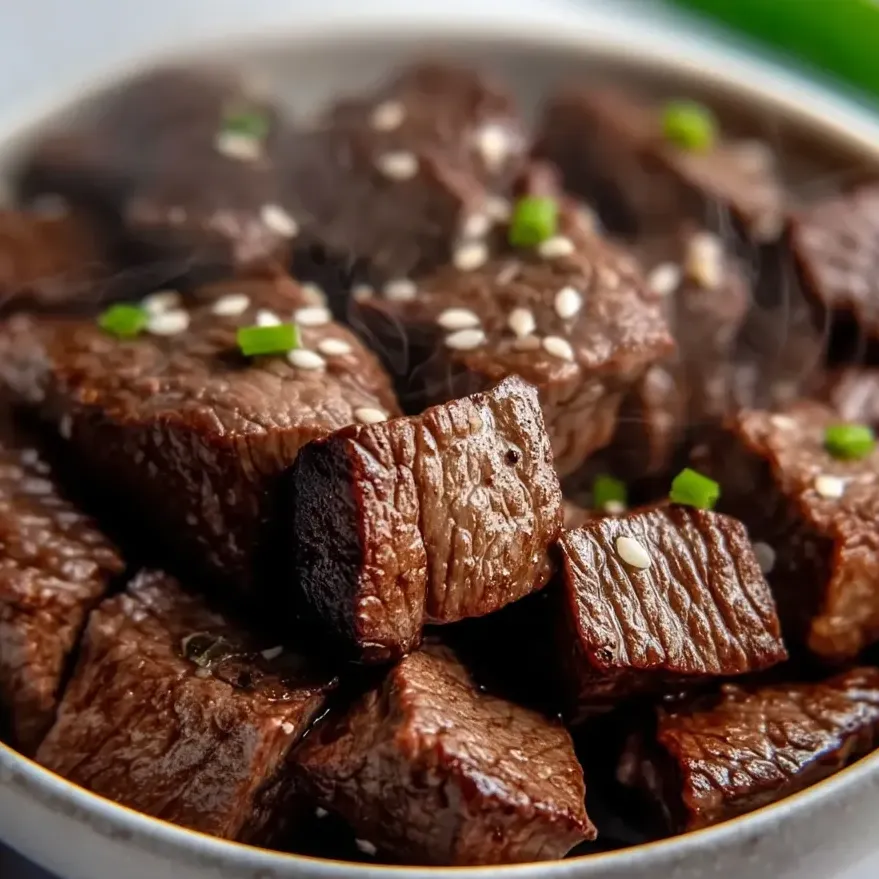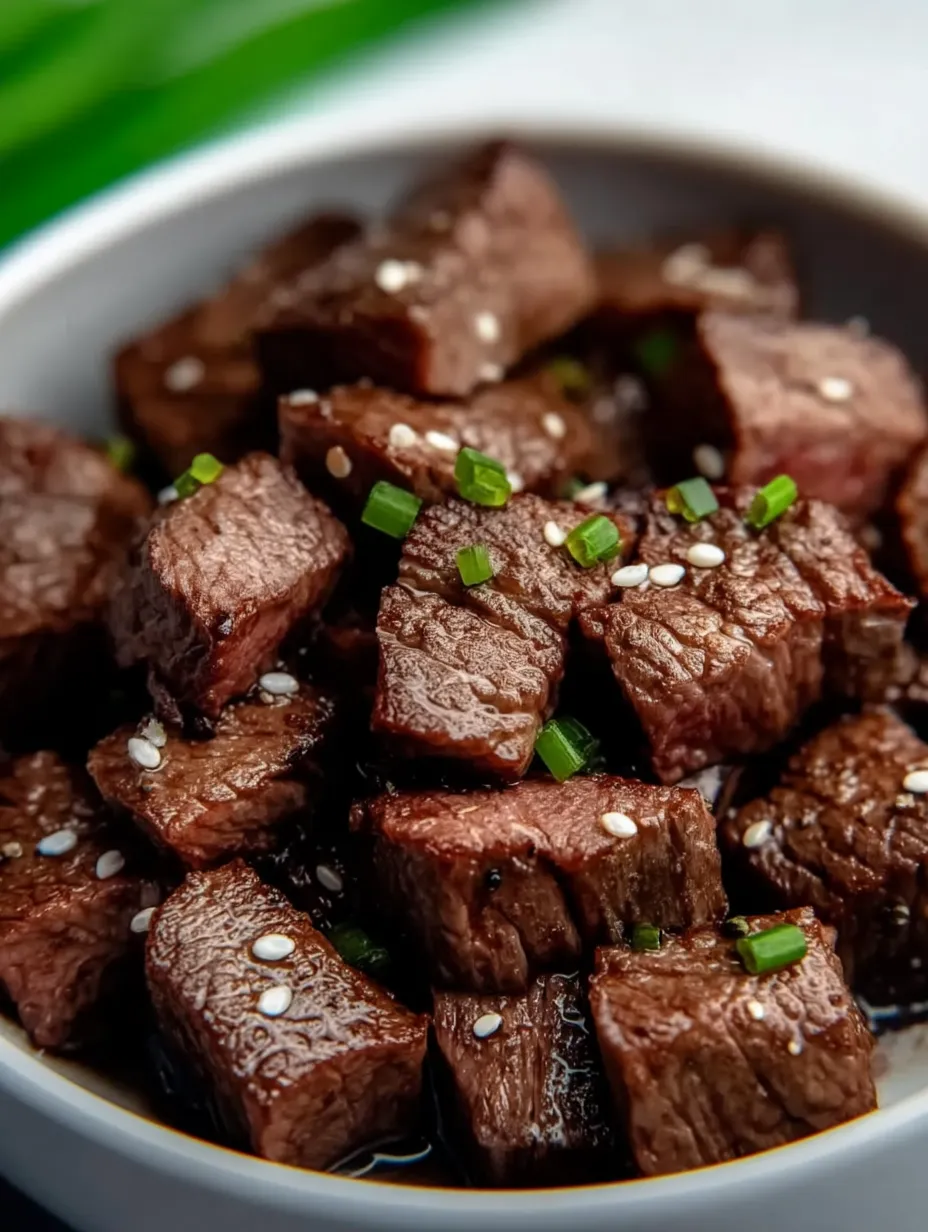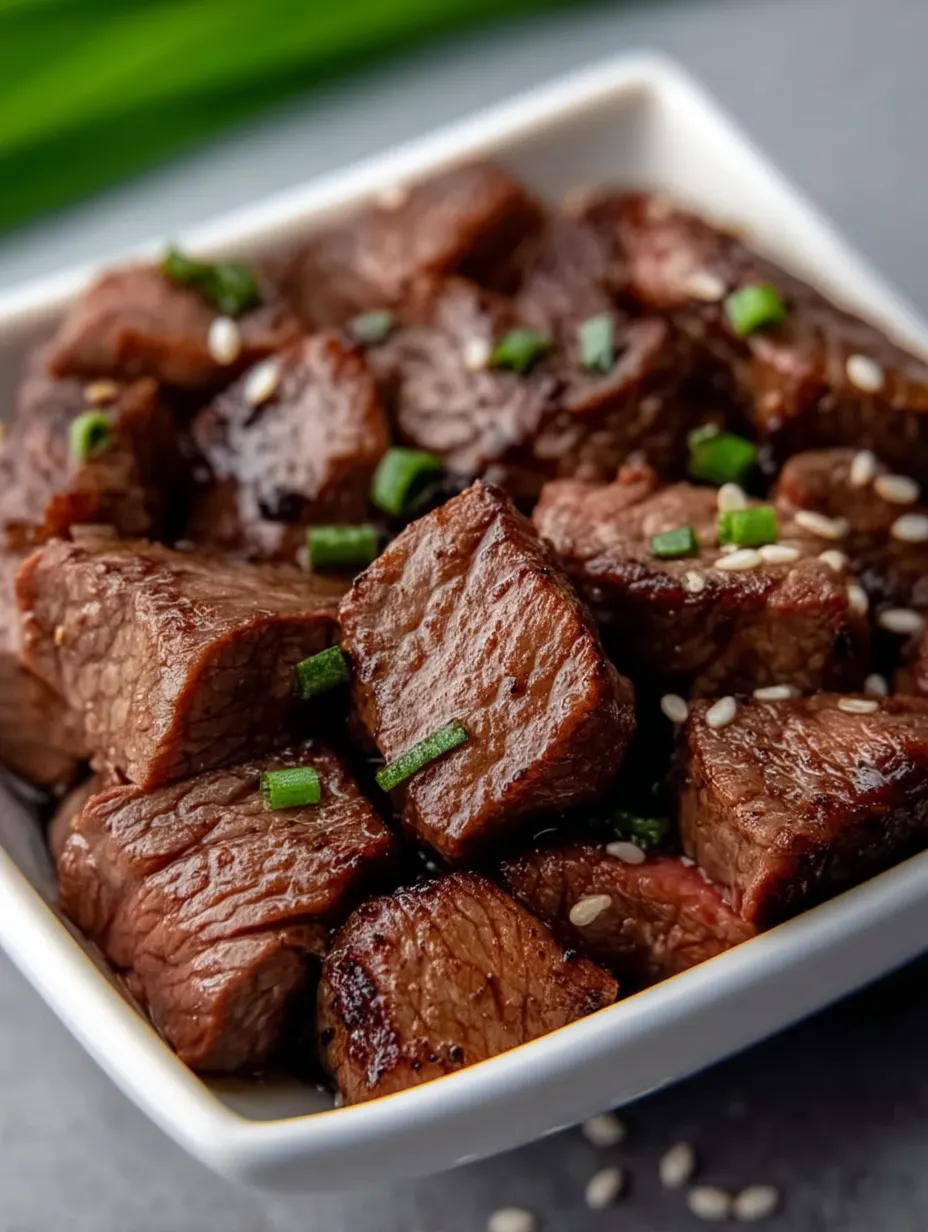 Save
Save
This restaurant-style hibachi steak brings the excitement of teppanyaki grills right into your kitchen. The combination of tender steak, savory vegetables, and flavorful fried rice creates a complete meal that rivals your favorite Japanese steakhouse experience.
I first attempted this recipe after a particularly memorable birthday celebration at a hibachi restaurant. My family was so impressed they now request this homemade version instead of going out, which has saved us hundreds of dollars over the years.
Ingredients
- For the Steak: Ribeye steaks provide the perfect marbling for this recipe, ensuring juicy, flavorful results every time
- Salt and pepper: are simple but essential seasonings that let the quality of the beef shine
- For the Steak Sauce:
- Sake or mirin: adds authentic sweetness and depth that makes the sauce distinctly Japanese
- Soy sauce: brings umami richness that caramelizes beautifully on the steak
- Brown sugar: helps create that signature caramelization on the exterior of the meat
- Sesame oil: delivers a nutty aroma that enhances the Asian flavor profile
- Black pepper: adds a subtle heat that balances the sweet elements
- For the Veggies:
- Zucchini: adds color and maintains a pleasant crunch when cooked properly
- Carrot: provides natural sweetness and vibrant color to balance the savory components
- Onion: creates foundational flavor and becomes deliciously sweet when sautéed quickly
- Garlic: infuses aromatic flavor throughout the entire dish without overpowering
- Soy sauce: seasons the vegetables while adding beautiful caramelization
- For the Quick Fried Rice:
- Jasmine rice: works best for its fragrance and texture when properly cooled before frying
- Eggs: create richness and bind the rice together for authentic texture
- Soy sauce: delivers essential umami flavor and appetizing golden color
- Sesame oil: brings unmistakable nutty aroma that defines hibachi rice
- Black pepper: balances the flavors with subtle warmth
- For the Yum Yum Sauce:
- Kewpie mayo: is creamier than regular mayonnaise with a distinct tanginess essential for authentic flavor
- Ketchup: provides sweetness and beautiful pink color to the finished sauce
- Rice vinegar: adds brightness that cuts through the richness of the meal
- Sugar: enhances the natural sweetness of other ingredients
- Paprika: contributes color and mild smoky flavor
Step-by-Step Instructions
- Prep Ingredients:
- Slice all vegetables precisely as directed and mix sauce components separately. This preparation step ensures everything cooks evenly and allows you to focus on technique once the cooking begins. The organization here prevents overcooking any components during the high-heat cooking process.
- Season the Steaks:
- Apply salt and pepper generously on both sides of the ribeyes. Proper seasoning before cooking creates a flavorful crust that seals in juices. Allow steaks to sit at room temperature for 15 minutes while preparing other components for more even cooking.
- Prepare the Fried Rice:
- Cook eggs until just set before adding the thoroughly cooled rice. Breaking up rice clumps immediately prevents gummy texture. The signature hibachi flavor comes from allowing the rice to contact the hot surface without constant stirring, creating those desirable crispy bits throughout.
- Cook the Vegetables:
- Sauté aromatics first to infuse the oil with flavor before adding heartier vegetables. The quick cooking maintains texture and bright colors. The splash of soy sauce creates instant caramelization that mimics professional hibachi results without specialized equipment.
- Cook the Steaks:
- Sear steaks on high heat to develop a flavorful crust. Adding sauce after flipping allows caramelization without burning. The 10-minute rest period is non-negotiable as it allows juices to redistribute throughout the meat for maximum tenderness.
- Final Assembly:
- Slicing the rested steak and returning it to the griddle with remaining sauce creates additional flavor development. The arrangement of components and sauce drizzle replicates the presentation style of professional hibachi chefs for visual appeal.

Growing up, I always requested hibachi for special celebrations. The yum yum sauce became something of an obsession in our family, with my brother once attempting to fill a water bottle with it to bring home. This homemade version satisfies those cravings without the embarrassment of sauce smuggling.
The Secret to Restaurant-Quality Steak
The key difference between home hibachi and restaurant versions comes down to heat management. Professional teppanyaki grills reach temperatures of 450°F or higher, creating instant caramelization. To replicate this at home, allow your cooking surface to preheat completely before adding any ingredients. A cast iron griddle that stretches across two burners works perfectly, but even a regular large skillet can work when properly preheated.
Make-Ahead Options
This hibachi feast can be partially prepared in advance for easy weeknight cooking. The yum yum sauce actually improves with flavor development when made up to three days ahead and refrigerated. The vegetables can be sliced and stored in separate containers up to 24 hours in advance. Even the rice can be cooked the day before and refrigerated overnight, which actually improves its texture for fried rice. Only the steak should be cooked just before serving for optimal tenderness.
Serving Suggestions
While this recipe creates a complete meal, a few additions can elevate your hibachi experience further. Serve with a small bowl of clear onion soup as a starter, just like restaurants do. Offer chopsticks alongside regular utensils for an authentic touch. For beverages, cold Japanese beer or hot green tea make perfect accompaniments. Complete the meal with fresh fruit or green tea ice cream for a light, refreshing dessert that cleanses the palate after the savory main course.
Customization Ideas
The beauty of homemade hibachi lies in its adaptability. Substitute chicken thighs or shrimp for the ribeye if preferred. For vegetarian guests, firm tofu works beautifully when pressed, cubed, and seared. The vegetable selection can be expanded to include mushrooms, bell peppers, or broccoli based on preferences. For those avoiding rice, cauliflower rice makes an excellent low-carb substitute when prepared with the same seasonings. The yum yum sauce can be adjusted with sriracha or chili oil for those who enjoy additional heat.

Frequently Asked Cooking Questions
- → What can I substitute for sake or mirin?
If you don't have sake or mirin, you can substitute with dry sherry or sweet white wine. For a non-alcoholic option, use 1 tablespoon of rice vinegar mixed with 1 tablespoon of water and a pinch of sugar to replicate the flavor profile.
- → Can I use a different cut of steak?
Yes, you can substitute ribeye with sirloin, New York strip, or tenderloin. For best results, choose a well-marbled cut that's at least 1-inch thick. Adjust cooking time based on the thickness and your preferred doneness.
- → What is Kewpie mayo and can I substitute it?
Kewpie is a Japanese mayonnaise that's richer and tangier than American mayo due to using only egg yolks and rice vinegar. You can substitute with regular mayonnaise mixed with a splash of rice vinegar and a pinch of sugar to approximate the flavor.
- → Why does the rice need to be cooled before cooking?
Using cooled rice prevents it from becoming mushy during stir-frying. Ideally, use day-old refrigerated rice which has had time to dry out slightly. This creates the signature separate grains texture in good fried rice.
- → Can I prepare any components ahead of time?
Yes! The yum yum sauce can be made 2-3 days ahead and refrigerated. The vegetables can be sliced and stored in the refrigerator for up to 24 hours. The rice can (and should) be cooked ahead and cooled. Only the steak should be cooked just before serving.
- → What if I don't have a griddle?
A large cast iron skillet or non-stick pan works well as an alternative to a griddle. You may need to cook in batches if using a smaller pan. Just keep the cooked components warm in a low oven (around 200°F) while finishing the remaining items.
